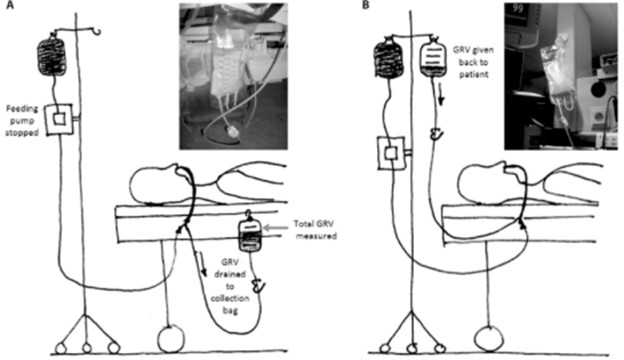A nurse is reviewing the medication history of a client. The nurse should identify that which of the following medications places the client at risk for hypokalemia?
Acyclovir 400 mg PO twice daily
Furosemide 80 mg PO daily
Cimetidine 300 mg PO four times per day
Meloxicam 5 mg PO once daily
The Correct Answer is B
Furosemide is a loop diuretic commonly prescribed for conditions such as hypertension and edema. One of the side effects of furosemide is the increased excretion of potassium in the urine, which can lead to low potassium levels in the body, known as hypokalemia. The other medications mentioned do not typically place the client at risk for hypokalemia: Acyclovir 400 mg PO twice daily: Acyclovir is an antiviral medication used to treat viral infections, such as herpes. It does not have a direct effect on potassium levels. Cimetidine 300 mg PO four times per day: Cimetidine is a histamine H2 receptor antagonist commonly used to reduce stomach acid production. It does not have a direct effect on potassium levels.
Meloxicam 5 mg PO once daily: Meloxicam is a nonsteroidal anti-inflammatory drug (NSAID) used for pain relief. It does not have a direct effect on potassium levels.
Nursing Test Bank
Naxlex Comprehensive Predictor Exams
Related Questions
Correct Answer is A,B,C,D,E
Explanation
When removing personal protective equipment (PPE) after caring for a client in contact isolation, the nurse should follow the steps in the following order:
1. Remove gloves.
2. Remove protective eyewear.
3. Remove gown.
4. Remove mask.
5. Perform hand hygiene.
By following this sequence, the nurse ensures that the removal of PPE is done in a way that minimizes the risk of contamination. Removing gloves first helps prevent the spread of potential contaminants on the hands. Removing protective eyewear next avoids any potential contact with the face or eyes during the removal process. Removing the gown comes next, followed by the mask. Lastly, performing hand hygiene after removing all PPE helps ensure the hands are thoroughly cleaned.

Correct Answer is D
Explanation
The nurse should measure the gastric residual before administering a feeding to identify delayed gastric emptying. Gastric residual refers to the volume of formula or contents remaining in the stomach from the previous feeding. Measuring gastric residual helps assess how well the client's stomach is emptying and can indicate if there is delayed gastric emptying.
By measuring gastric residual, the nurse can:
● Determine if the stomach has adequately emptied from the previous feeding. ● Assess the client's tolerance to enteral feedings.
● Detect signs of delayed gastric emptying, which can be indicative of gastrointestinal motility issues or other complications.
● Adjust the feeding rate or make other modifications to the enteral feeding plan based on the amount of residual volume.

Confirming the placement of the NG tube is typically done using other methods, such as an X-ray, pH testing, or auscultation of air insufflation. Gastric residual measurement primarily serves the purpose of assessing gastric emptying, rather than confirming tube placement.
While electrolyte imbalances can be monitored in the overall care of a client receiving enteral feedings, measuring gastric residual specifically focuses on assessing gastric emptying and feeding tolerance, rather than determining the client's electrolyte balance.
Removing gastric acid that might cause dyspepsia is not the primary purpose of measuring gastric residual. Gastric residual measurement aims to evaluate the volume of the previous feeding and assess gastric emptying, rather than focusing on dyspepsia specifically.
Whether you are a student looking to ace your exams or a practicing nurse seeking to enhance your expertise , our nursing education contents will empower you with the confidence and competence to make a difference in the lives of patients and become a respected leader in the healthcare field.
Visit Naxlex, invest in your future and unlock endless possibilities with our unparalleled nursing education contents today
Report Wrong Answer on the Current Question
Do you disagree with the answer? If yes, what is your expected answer? Explain.
Kindly be descriptive with the issue you are facing.
